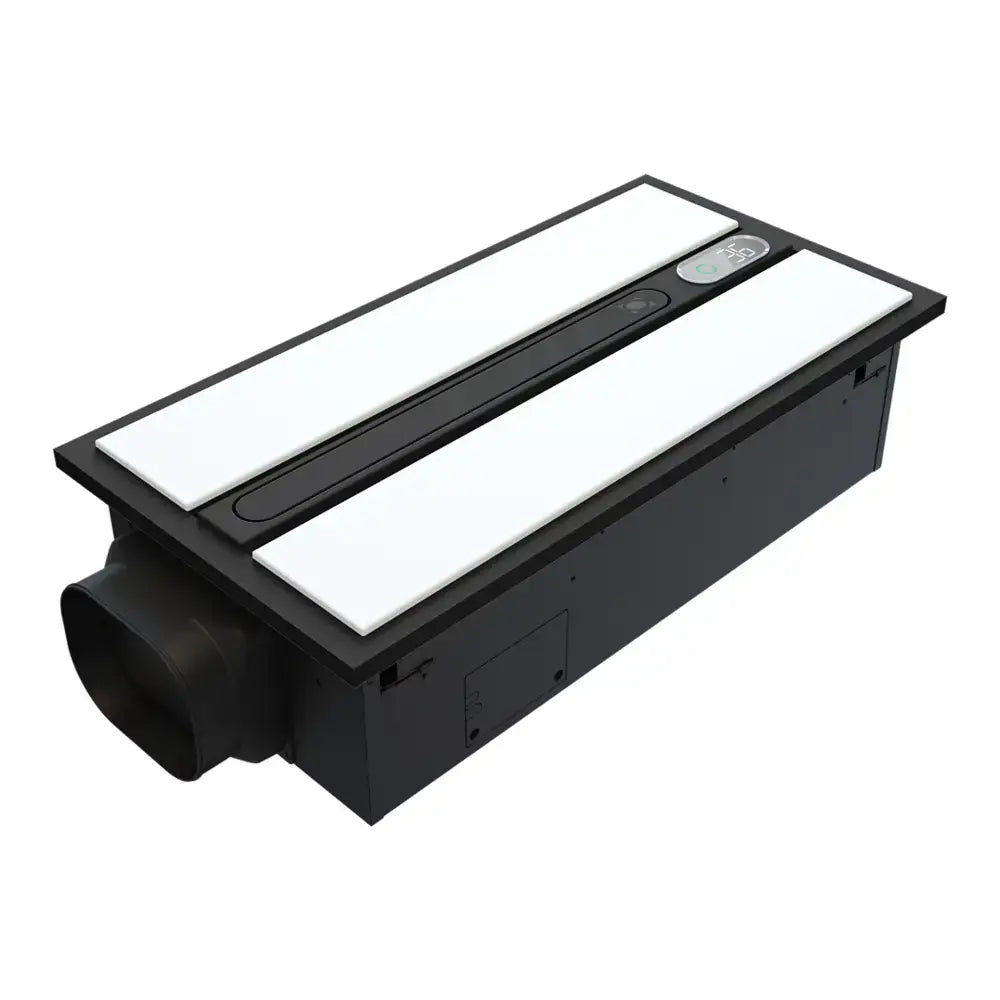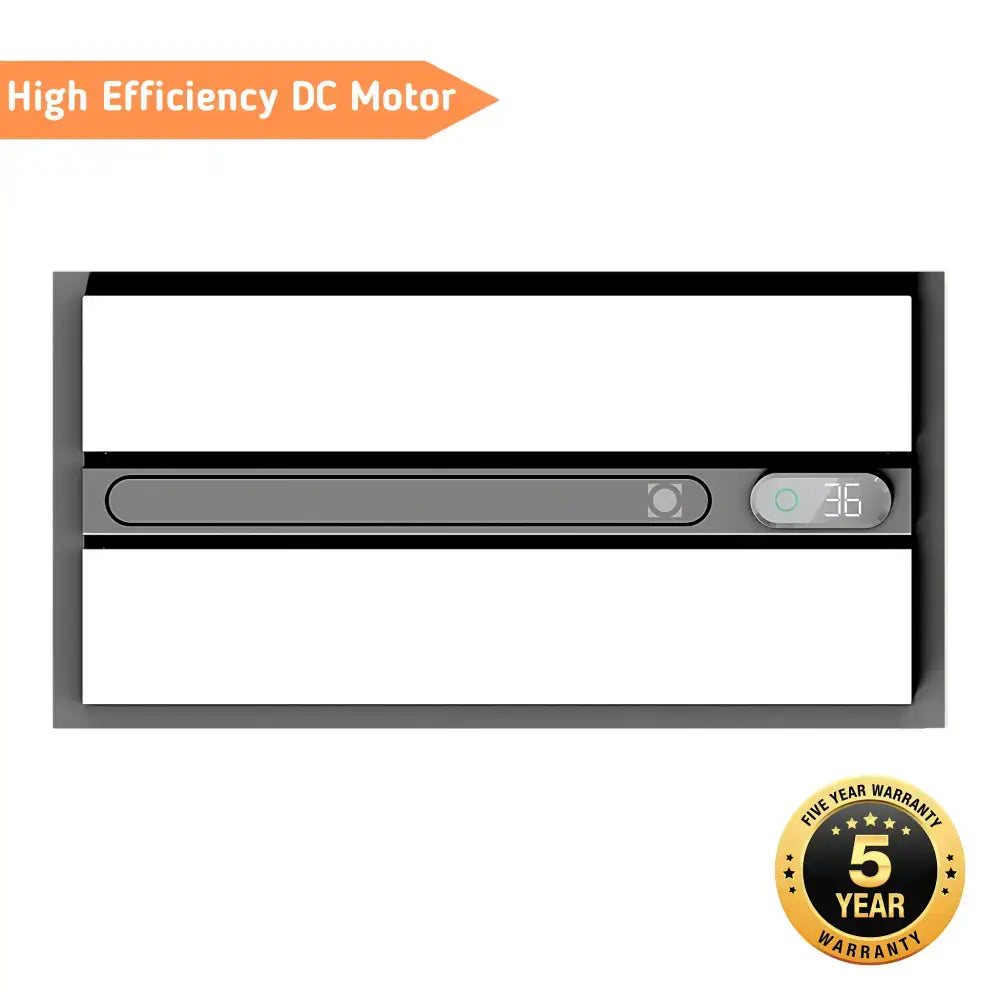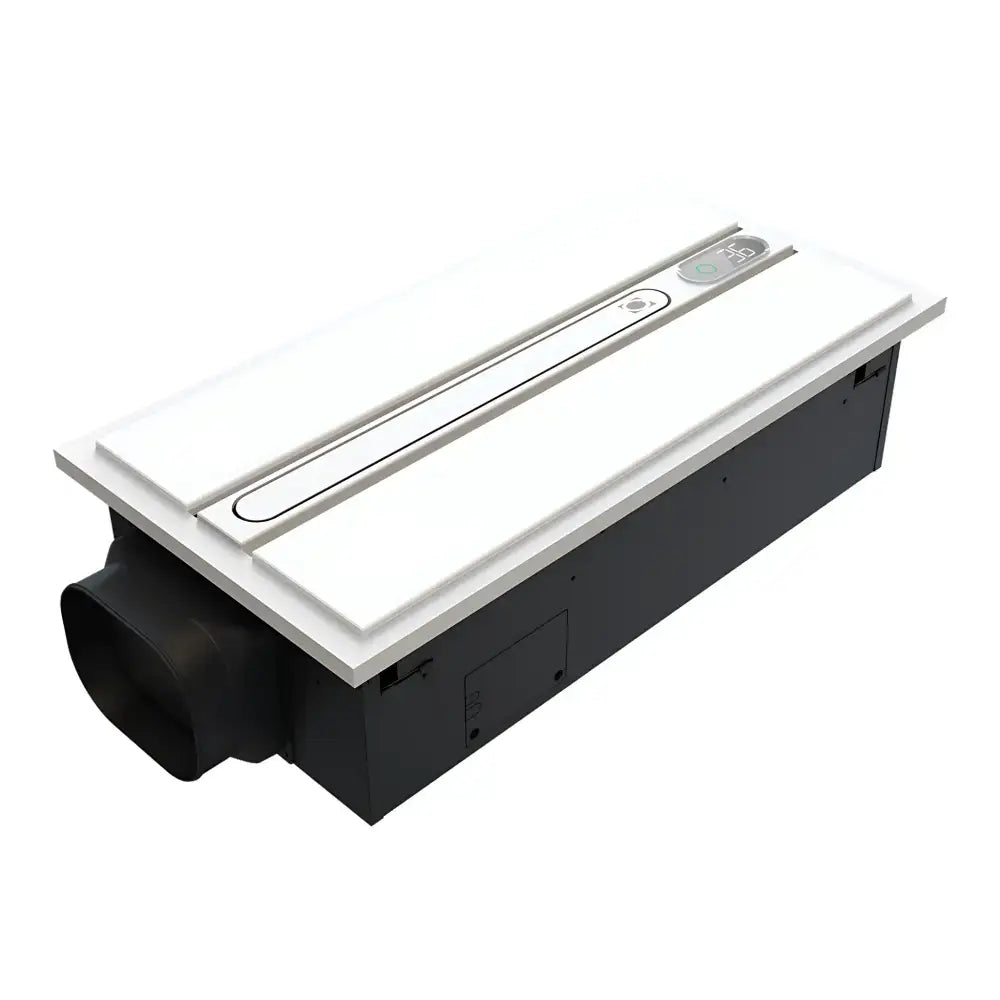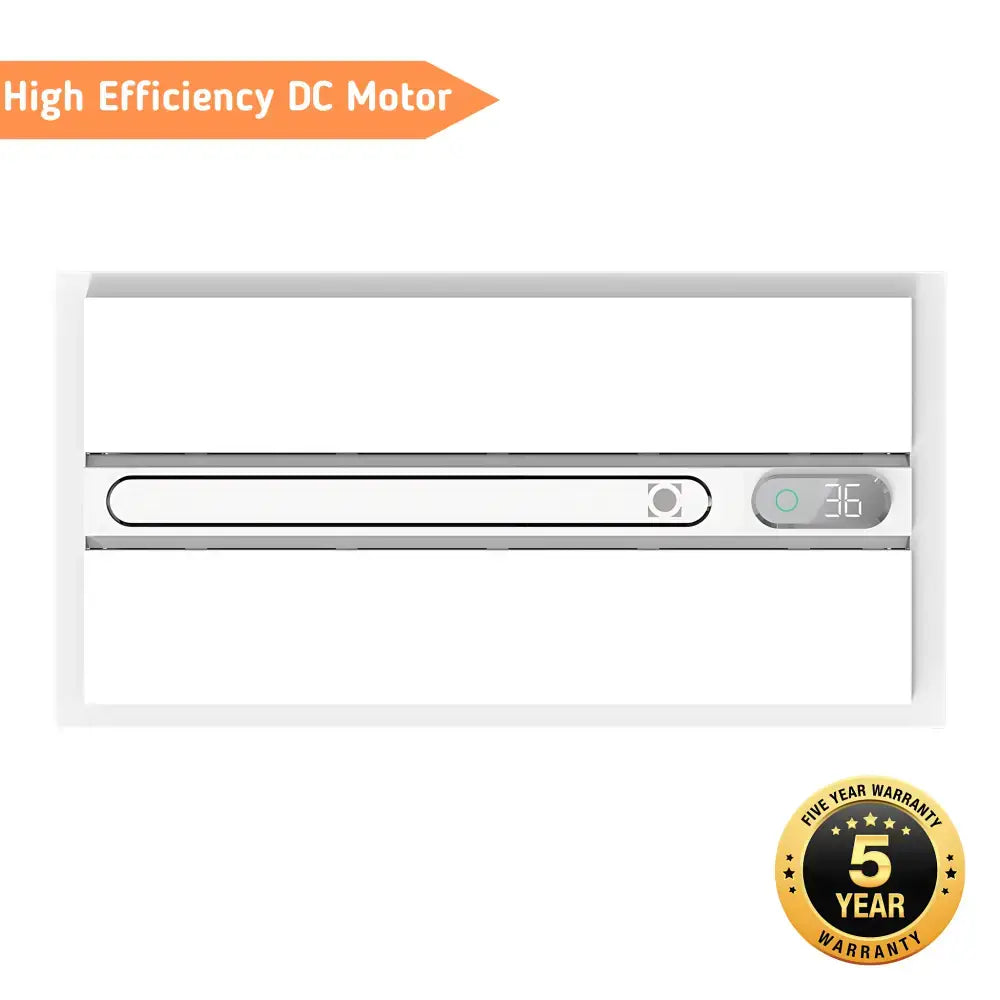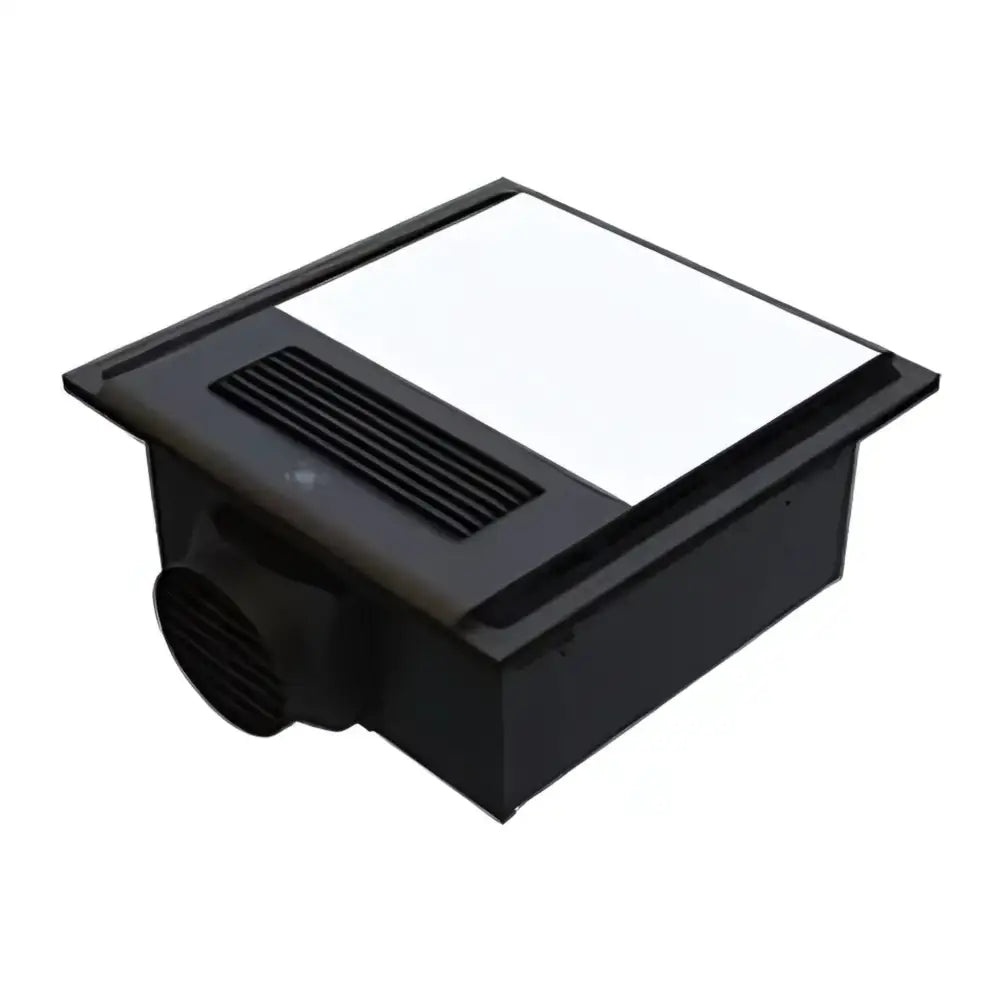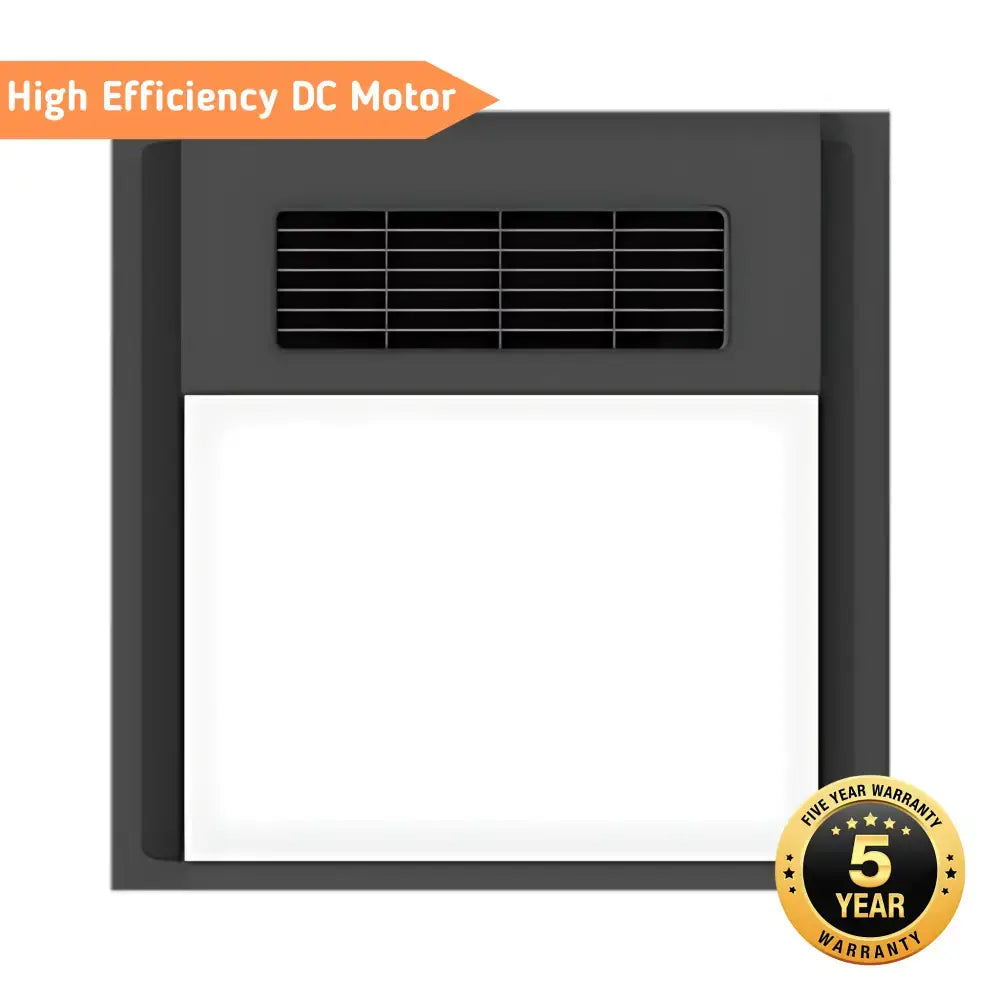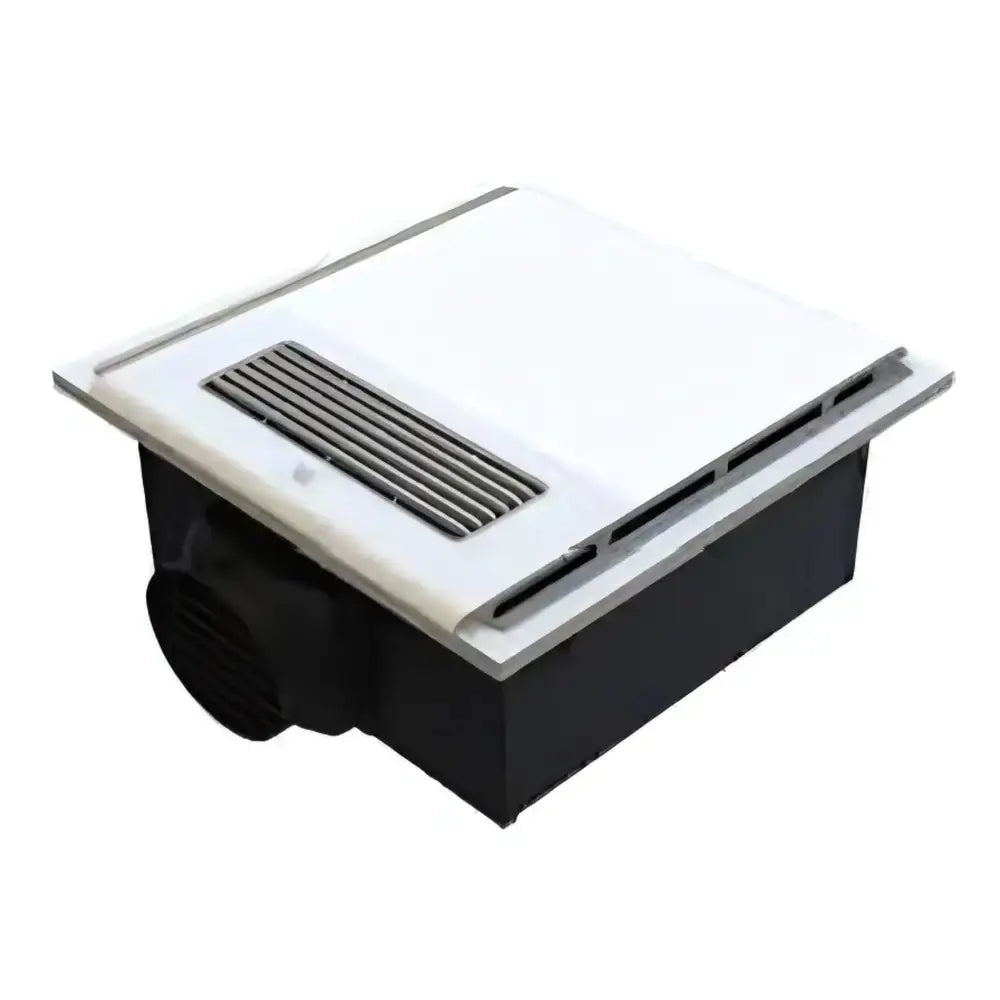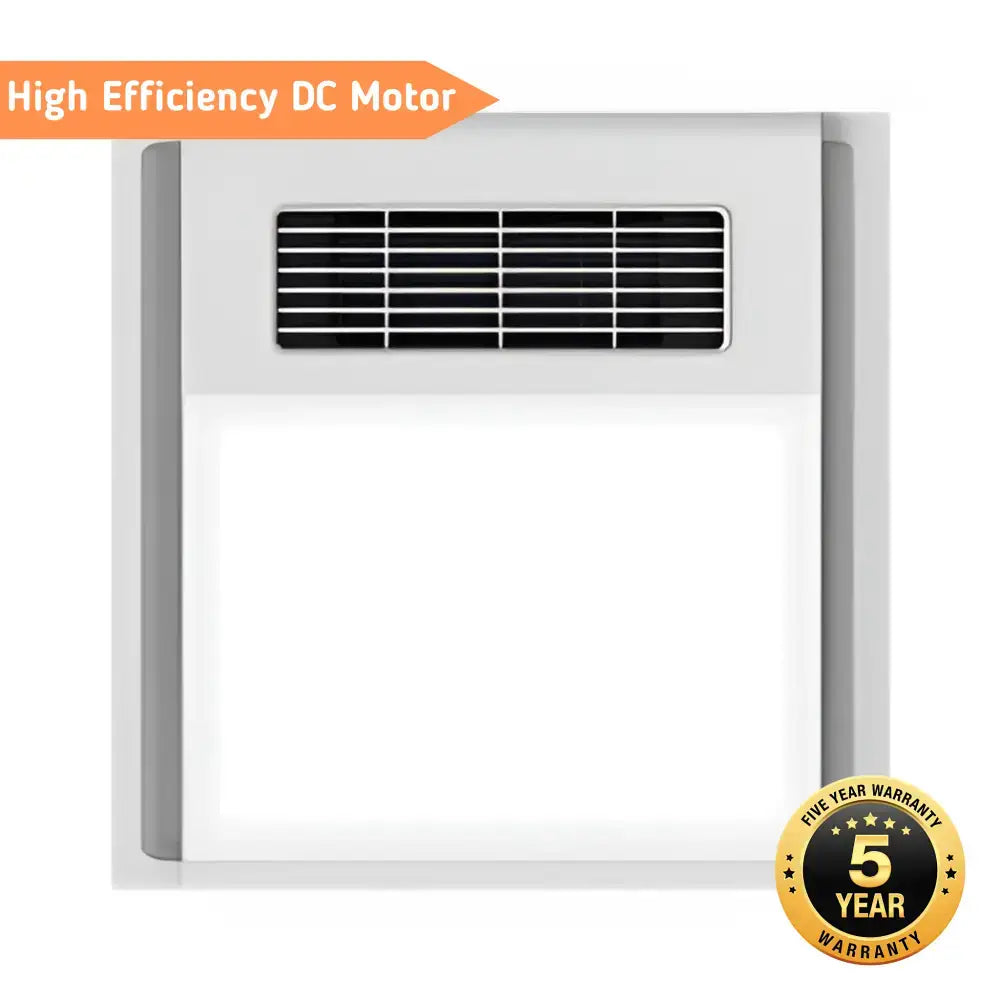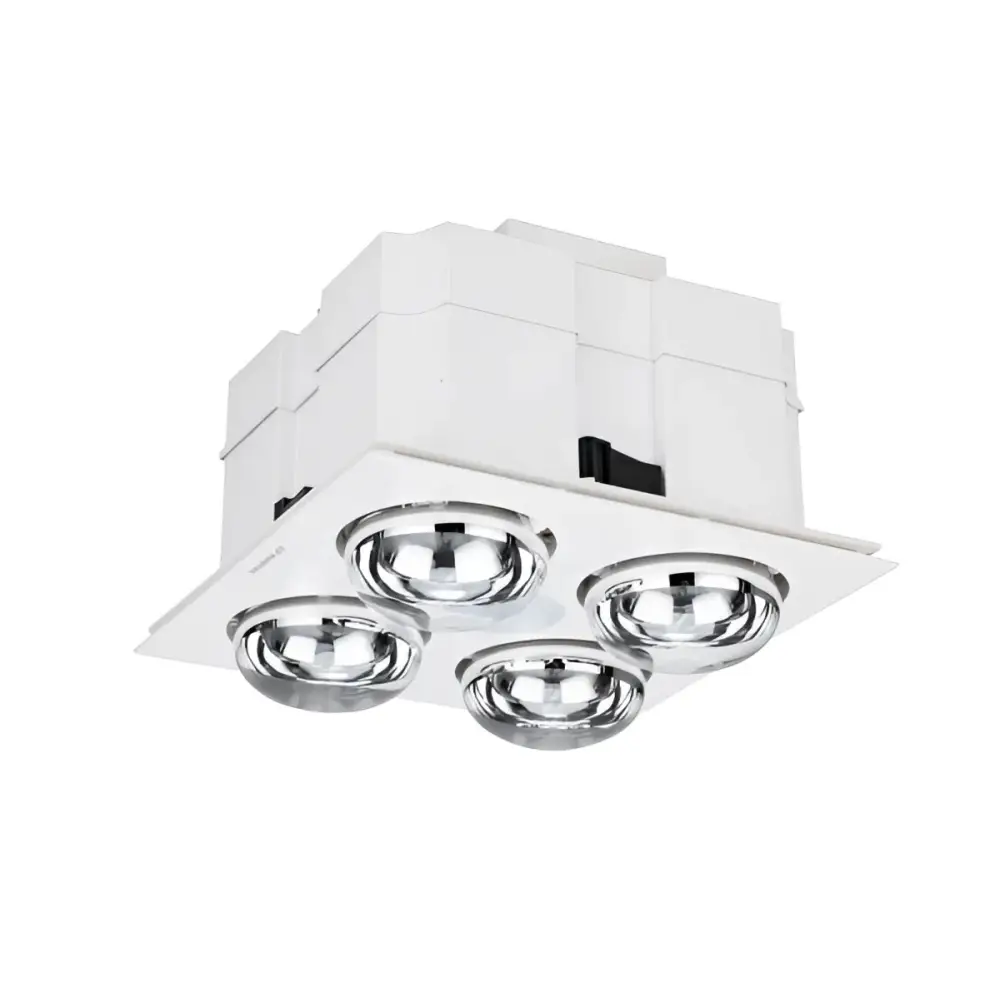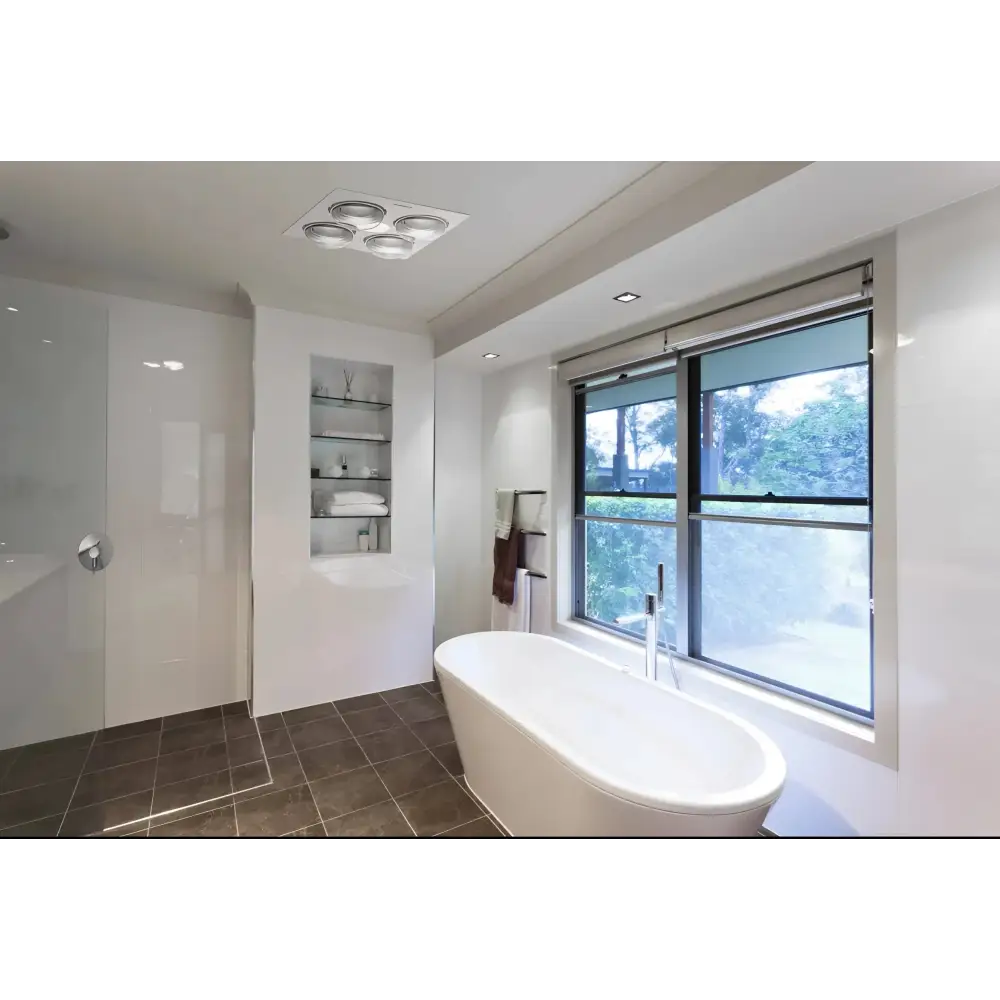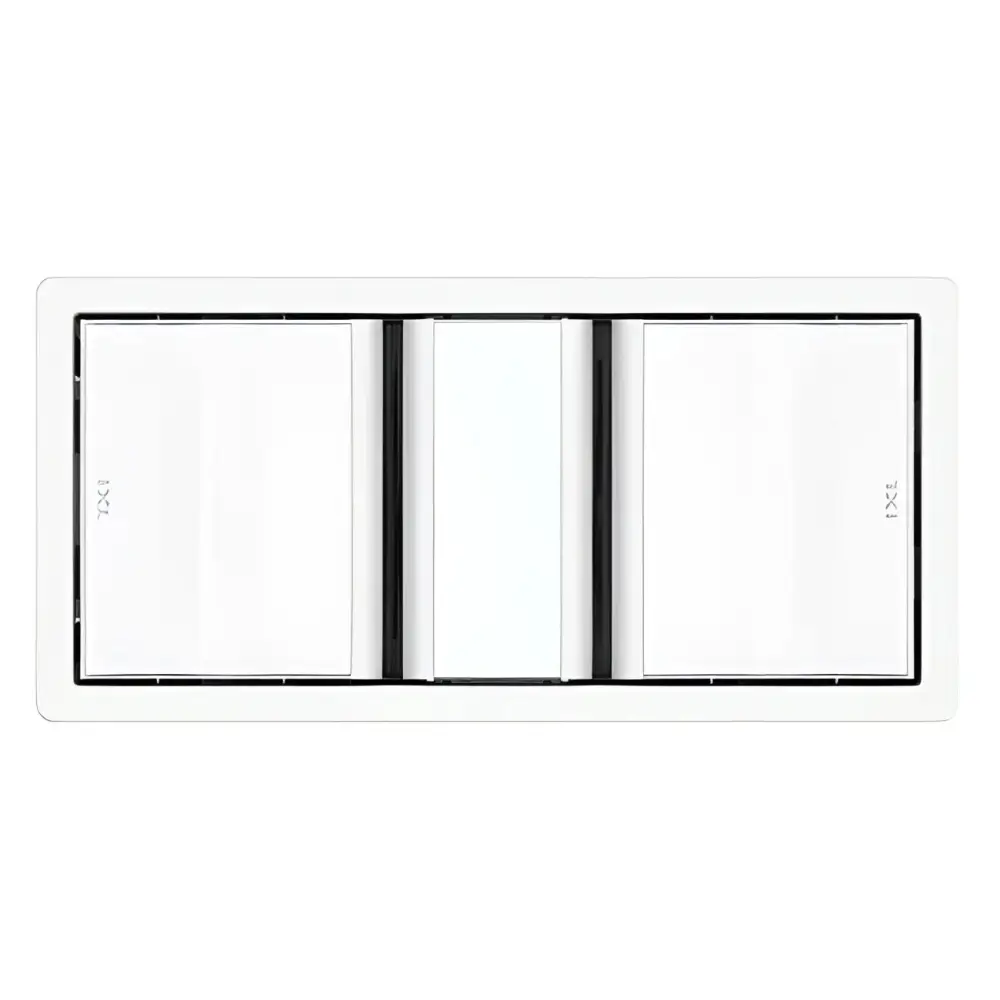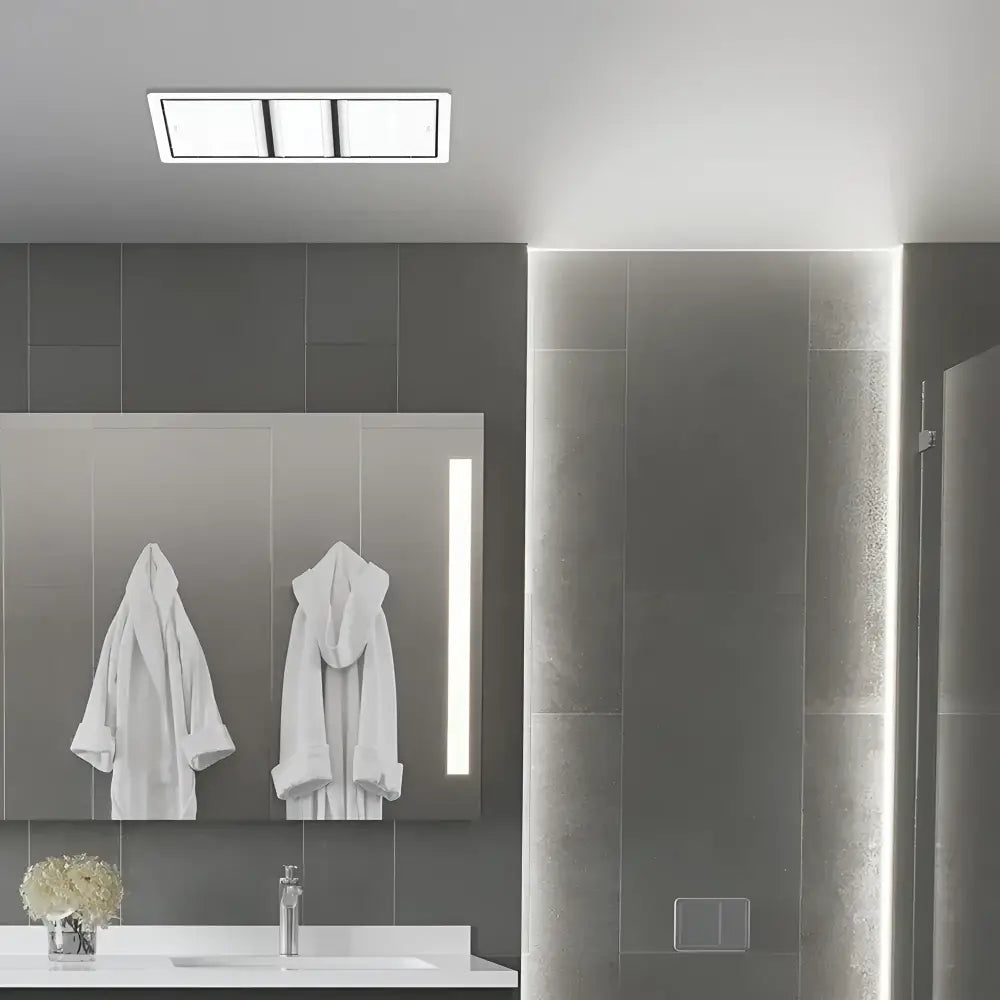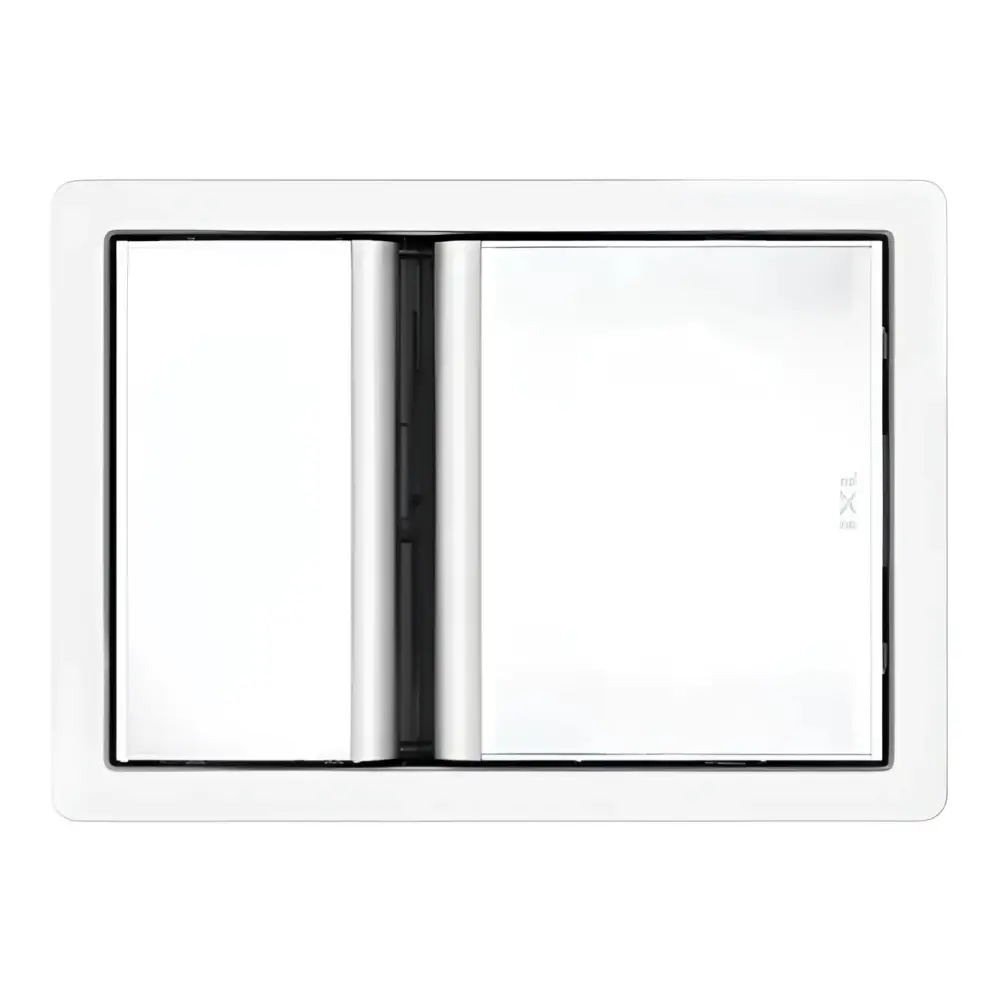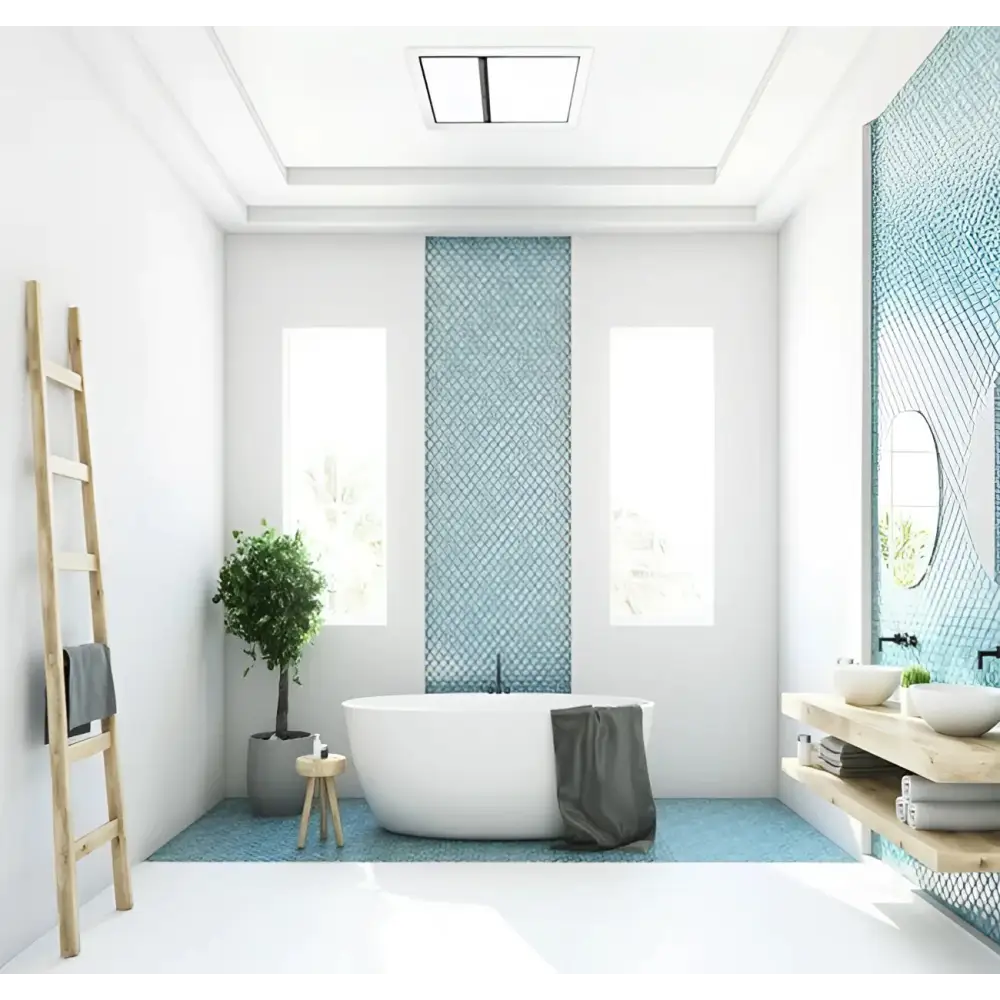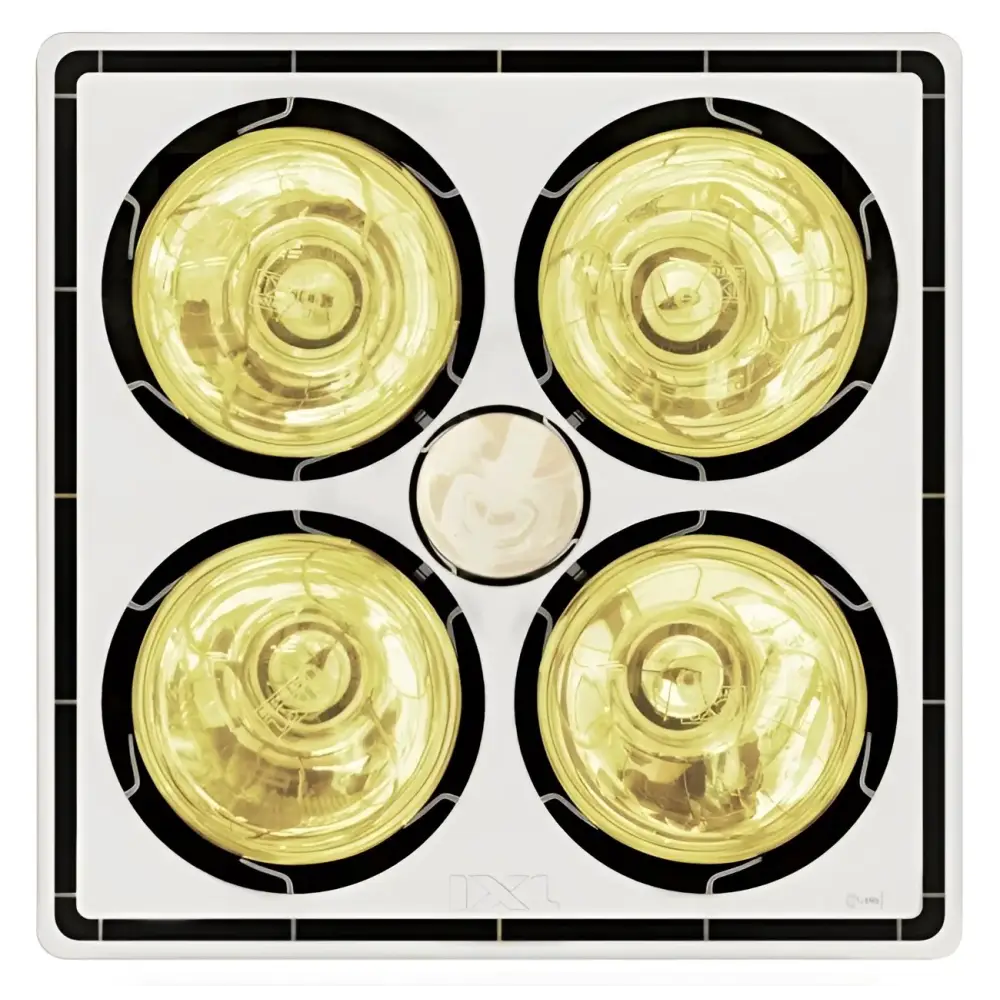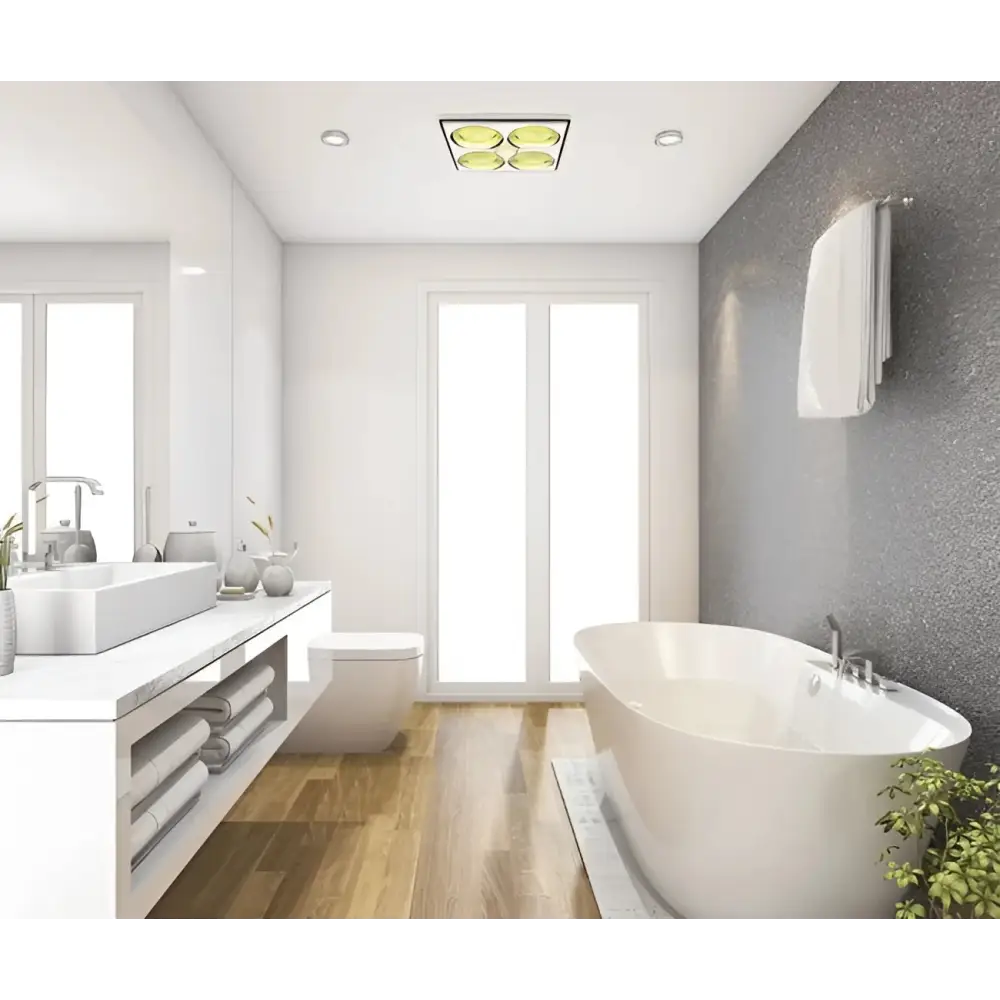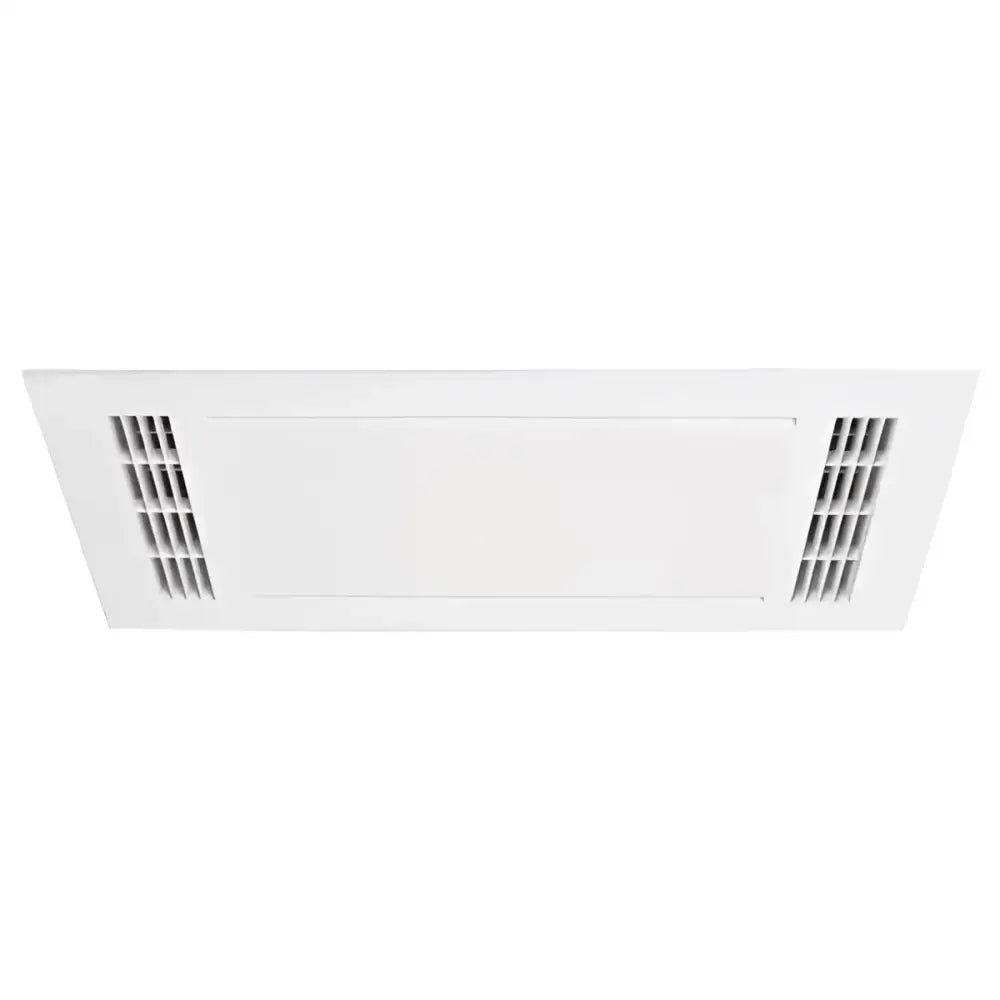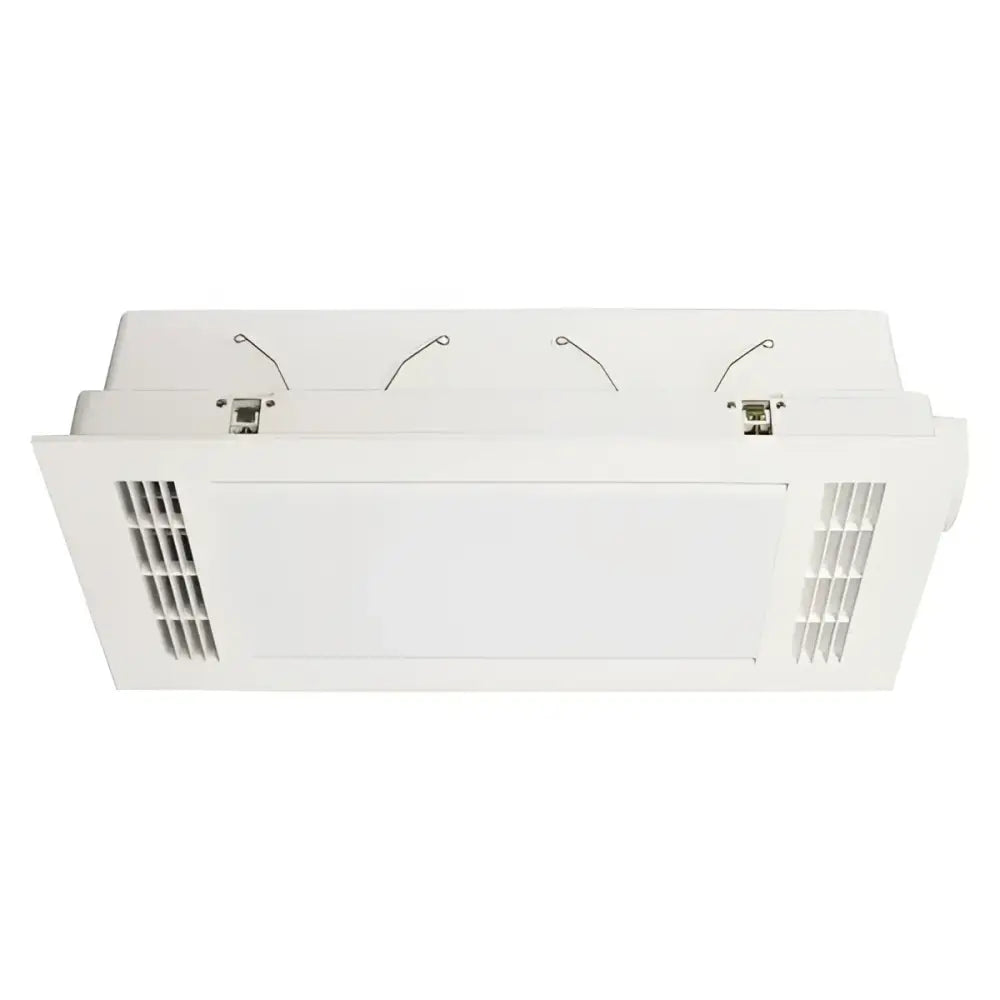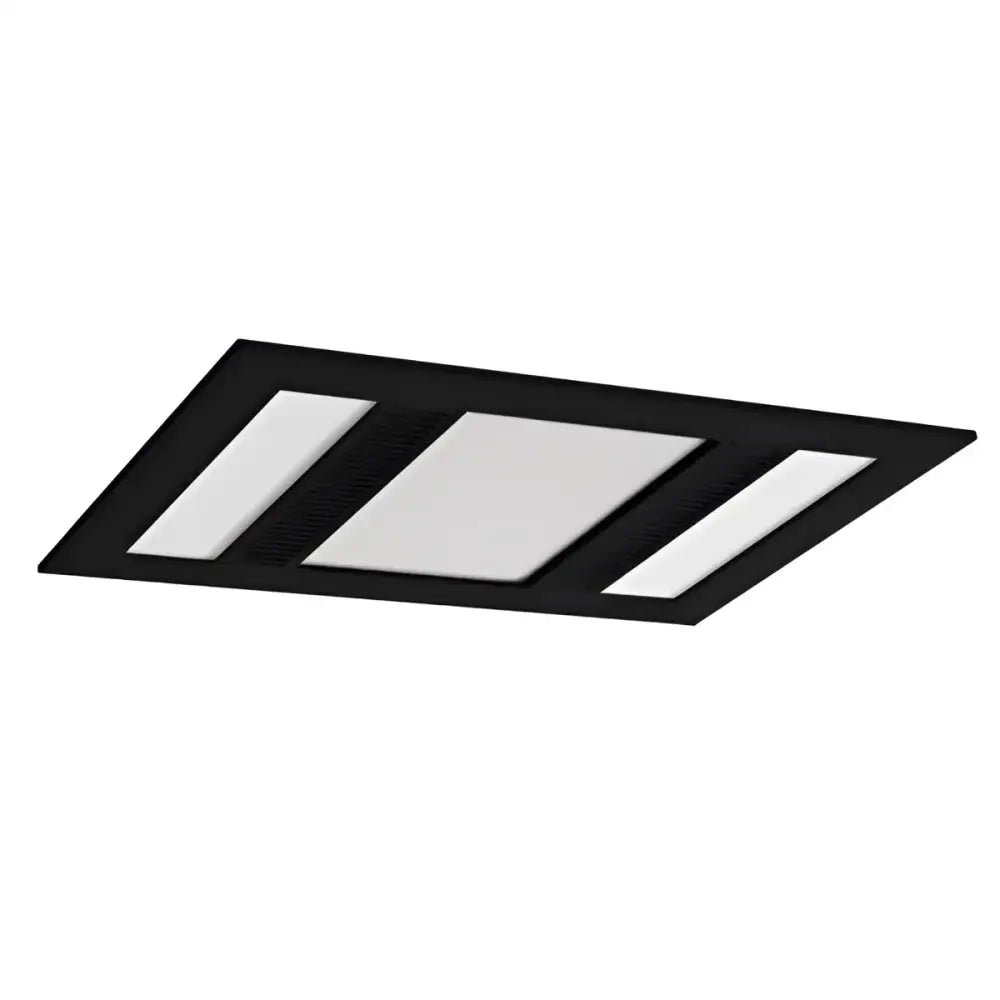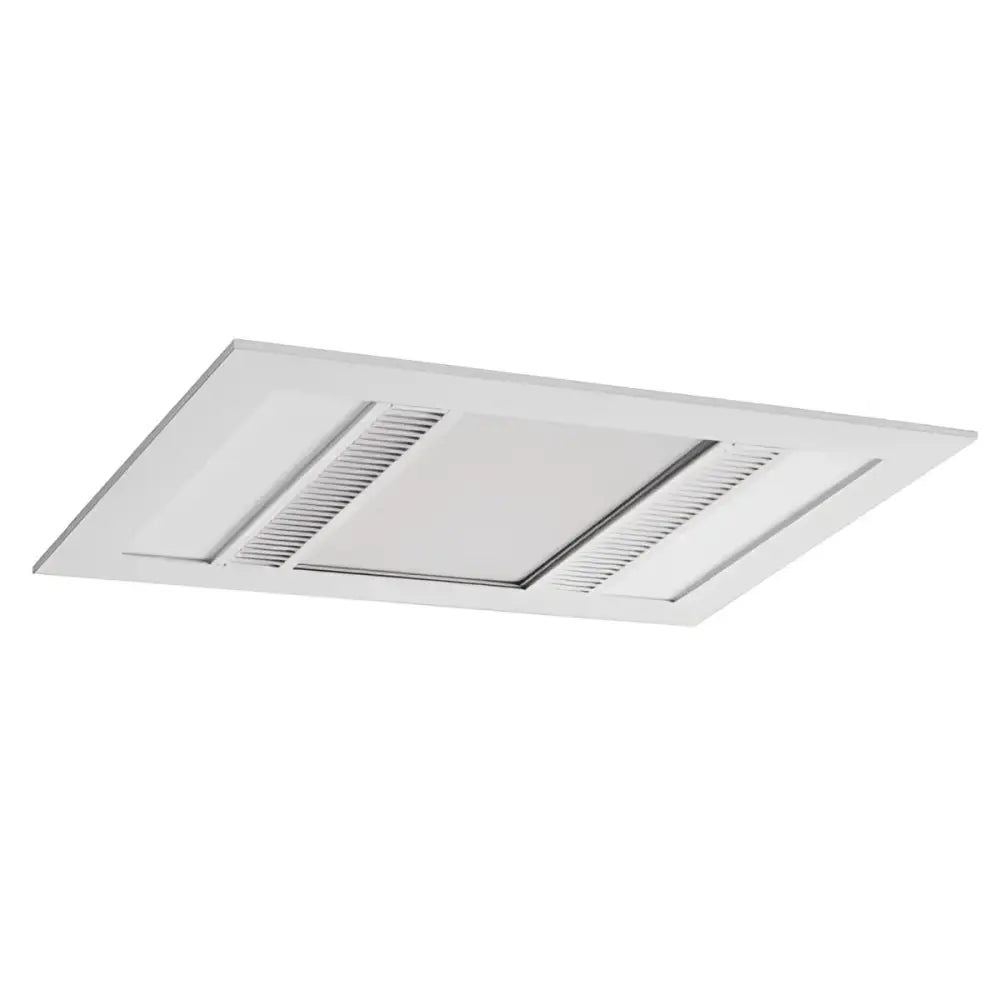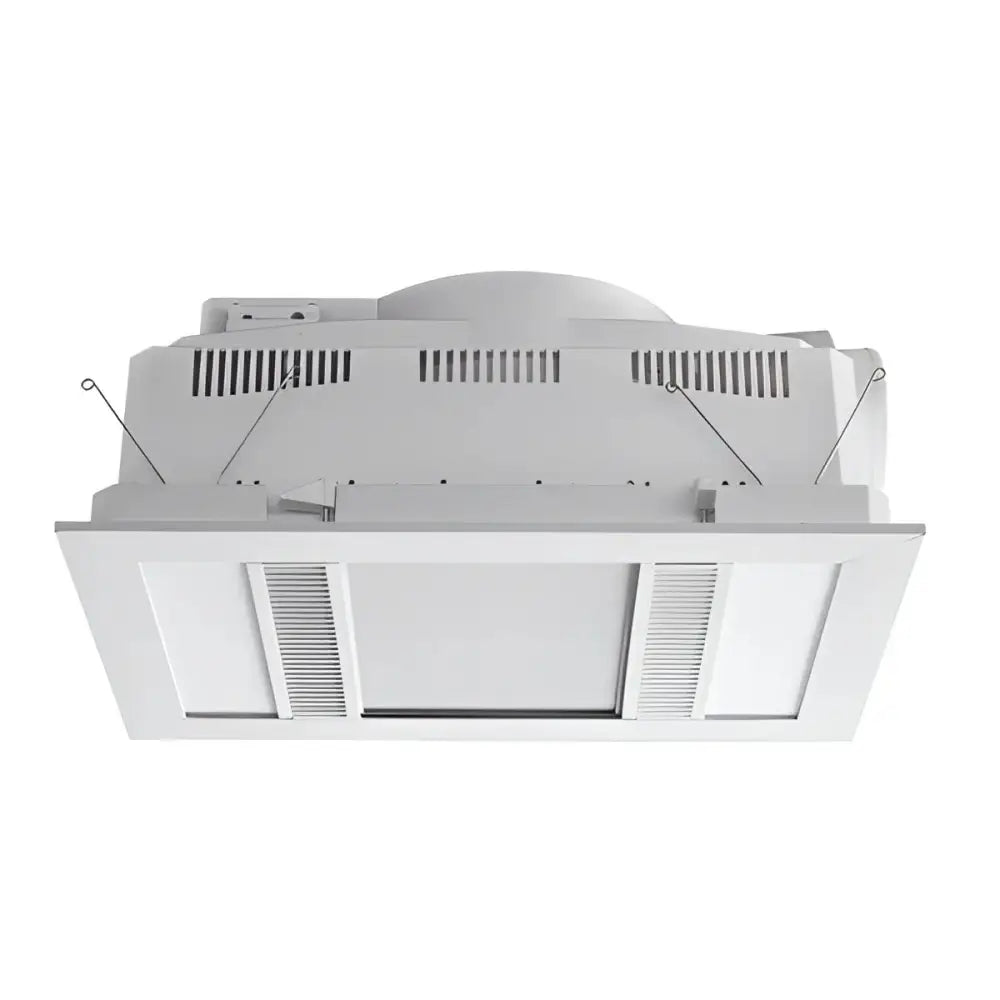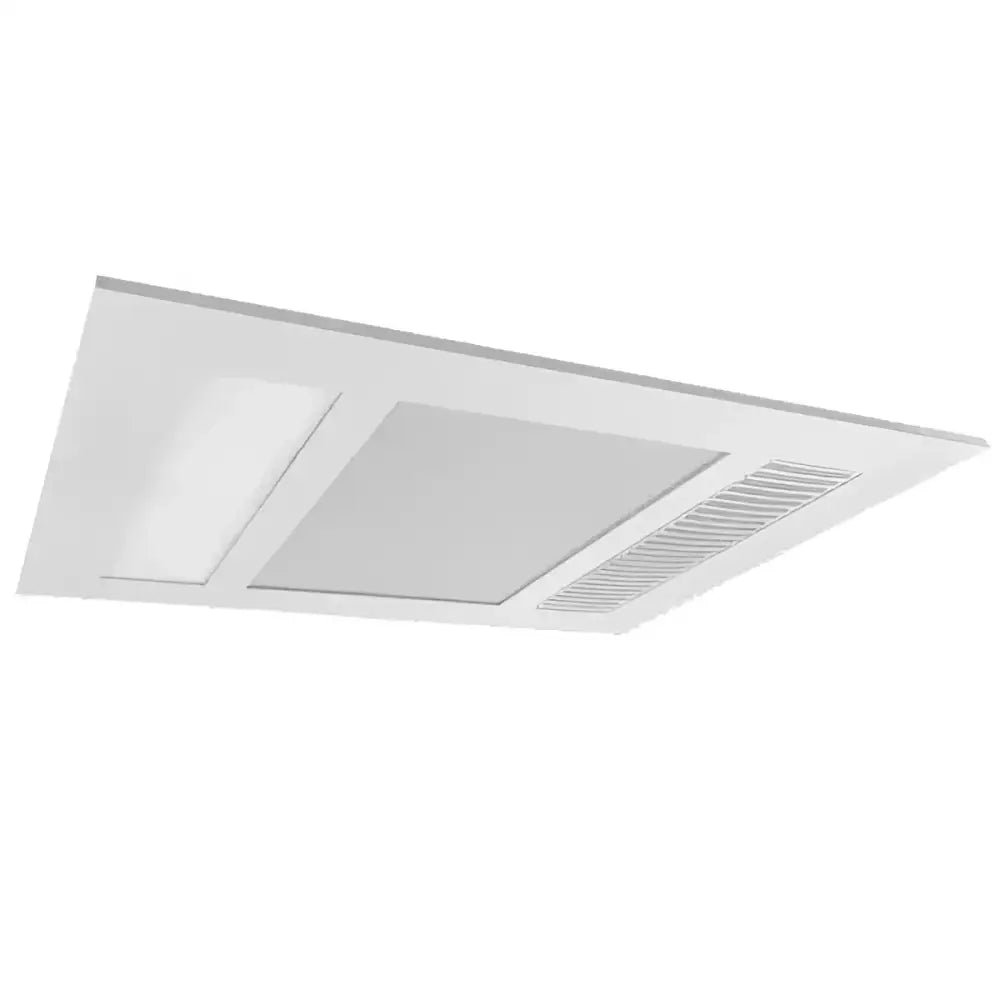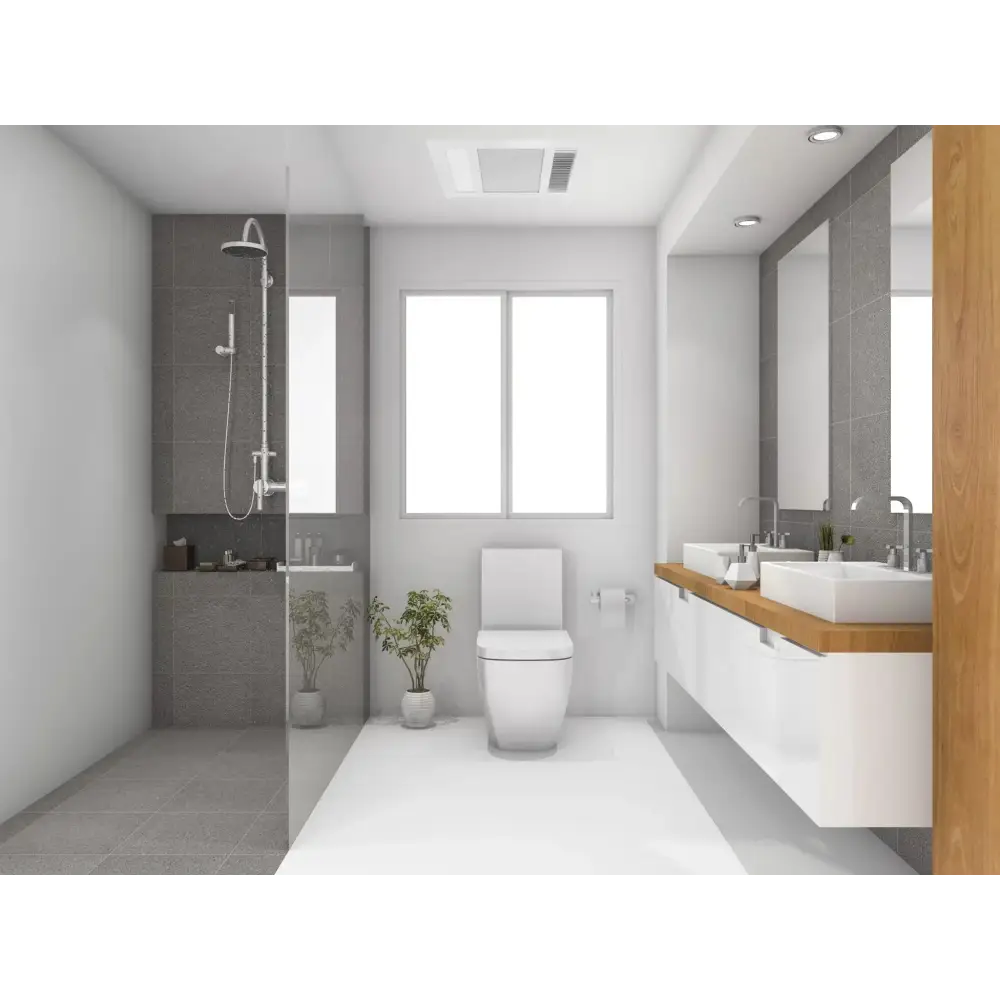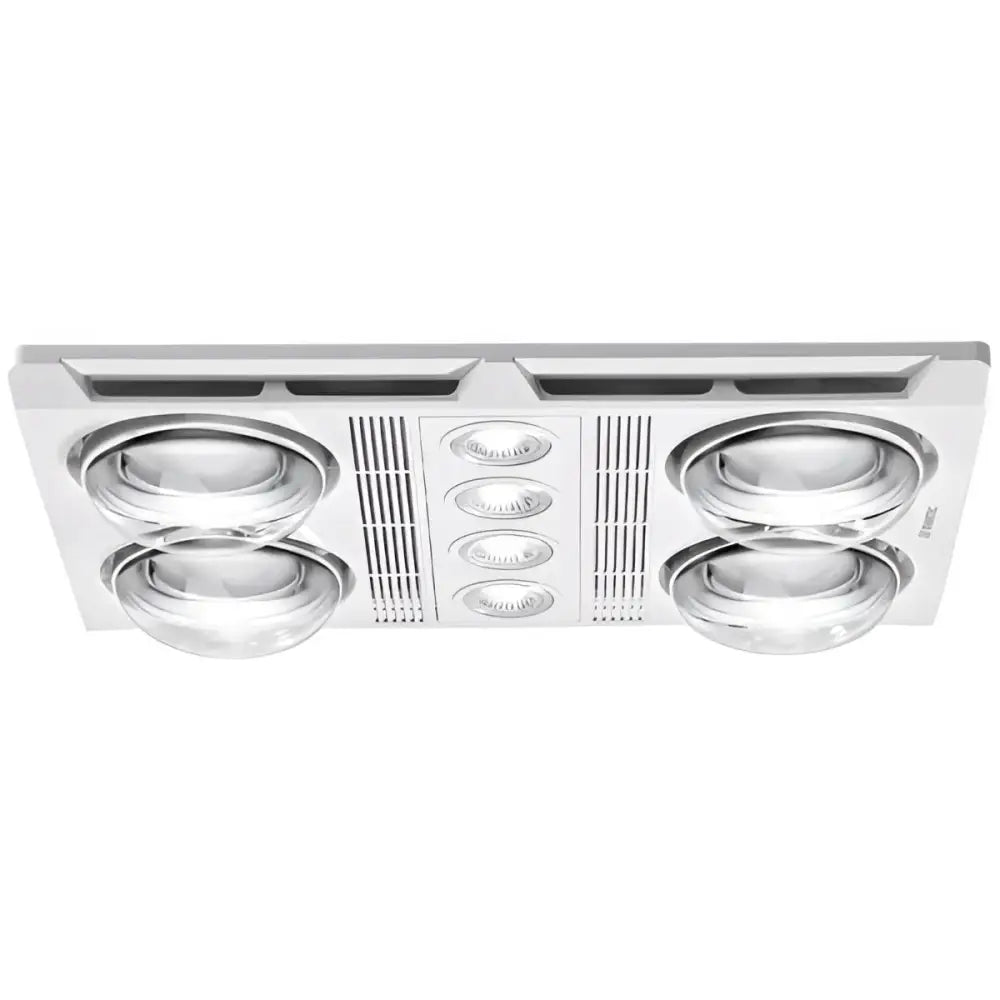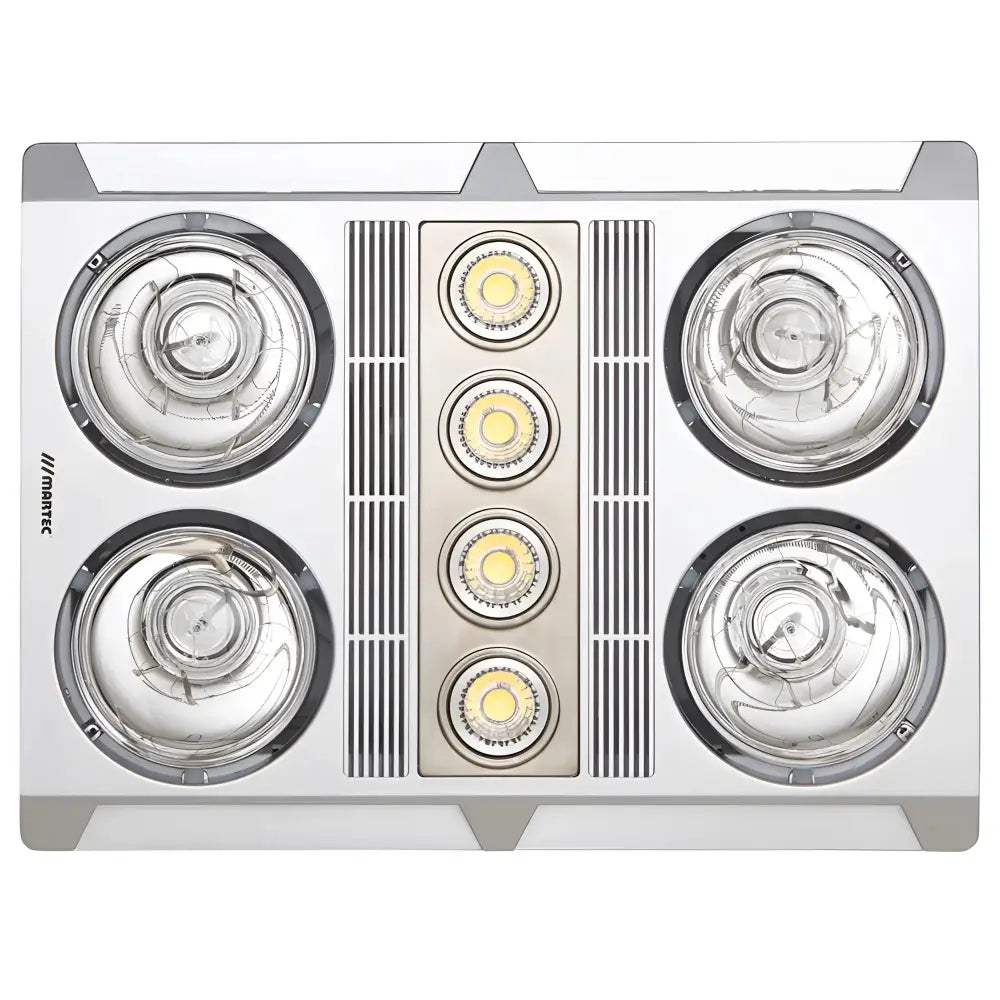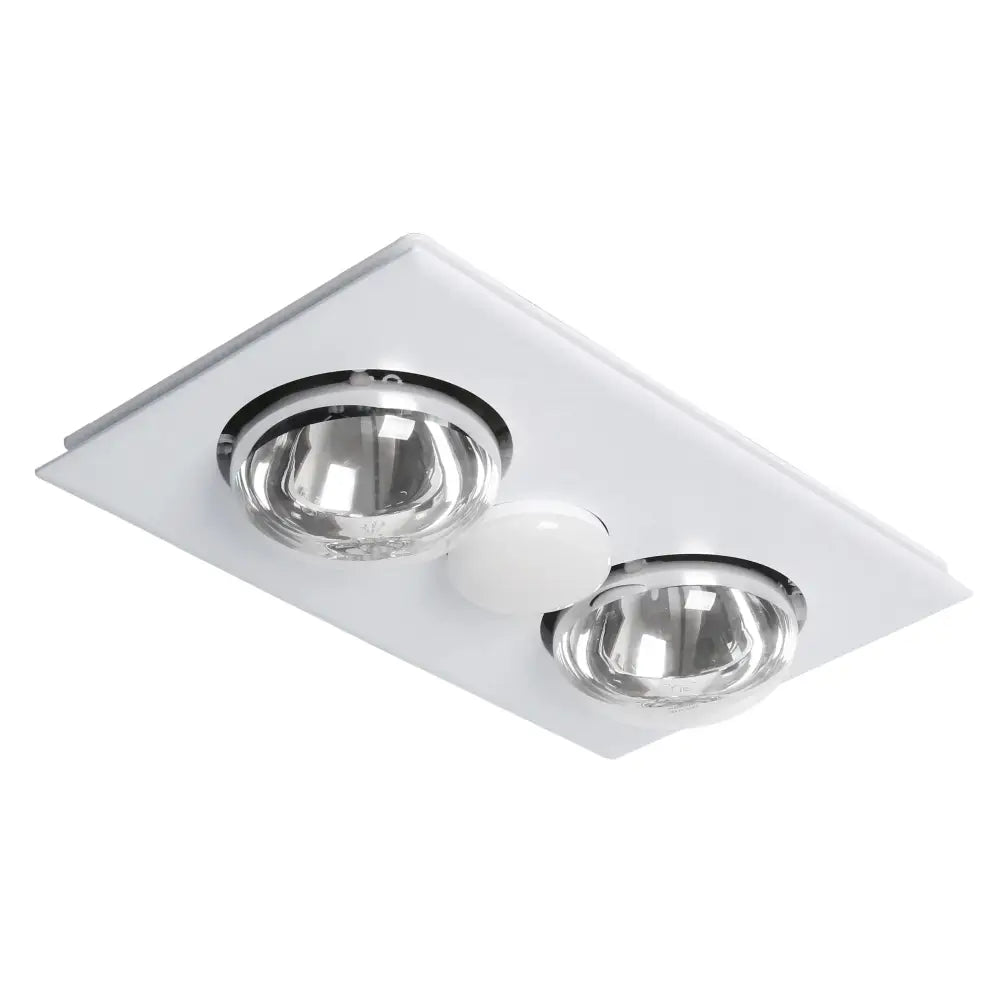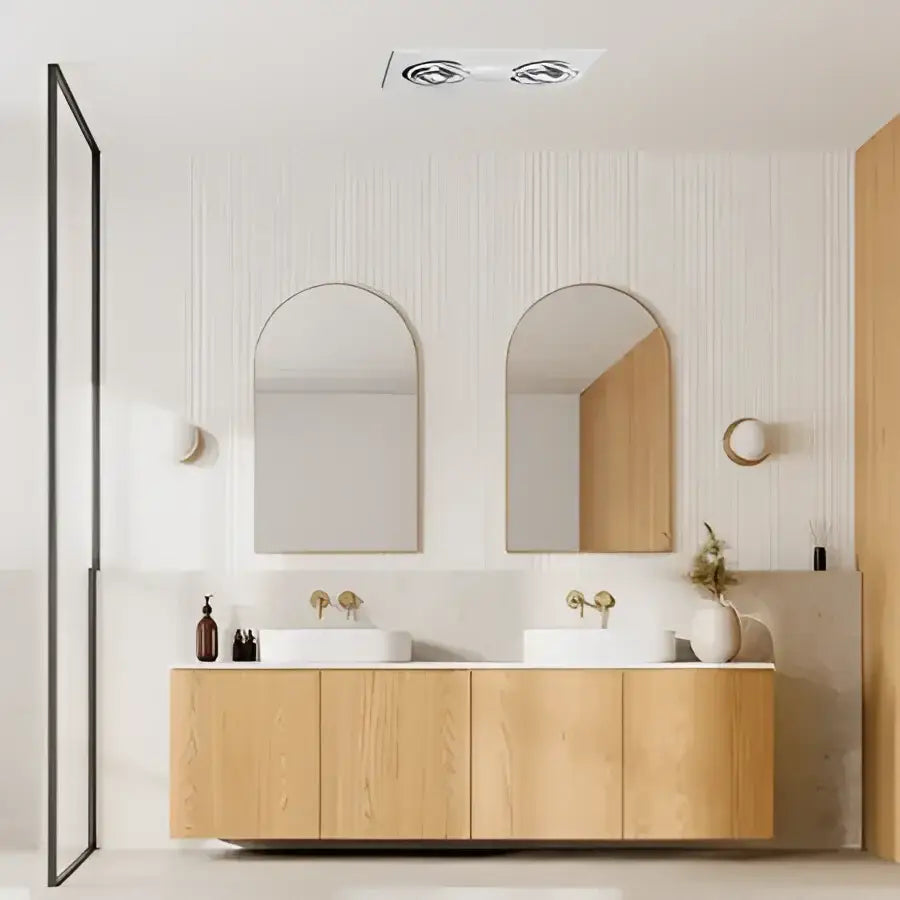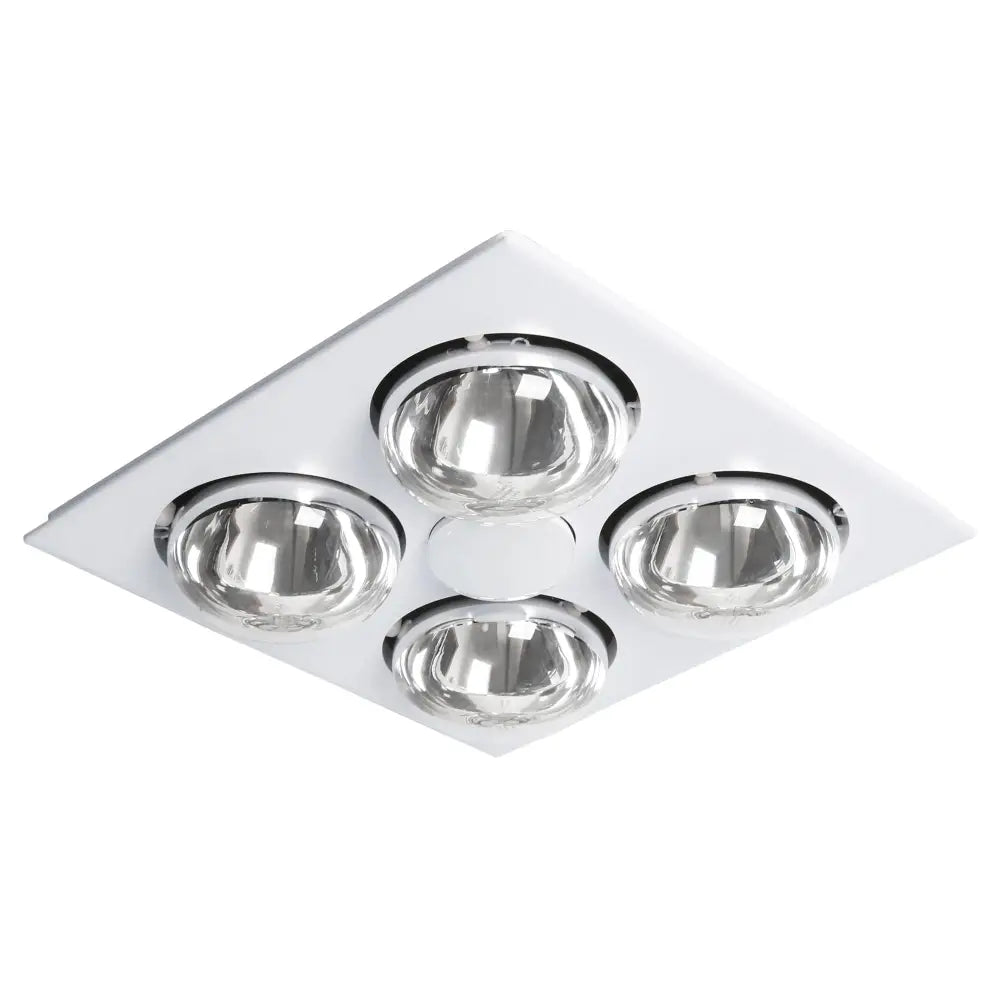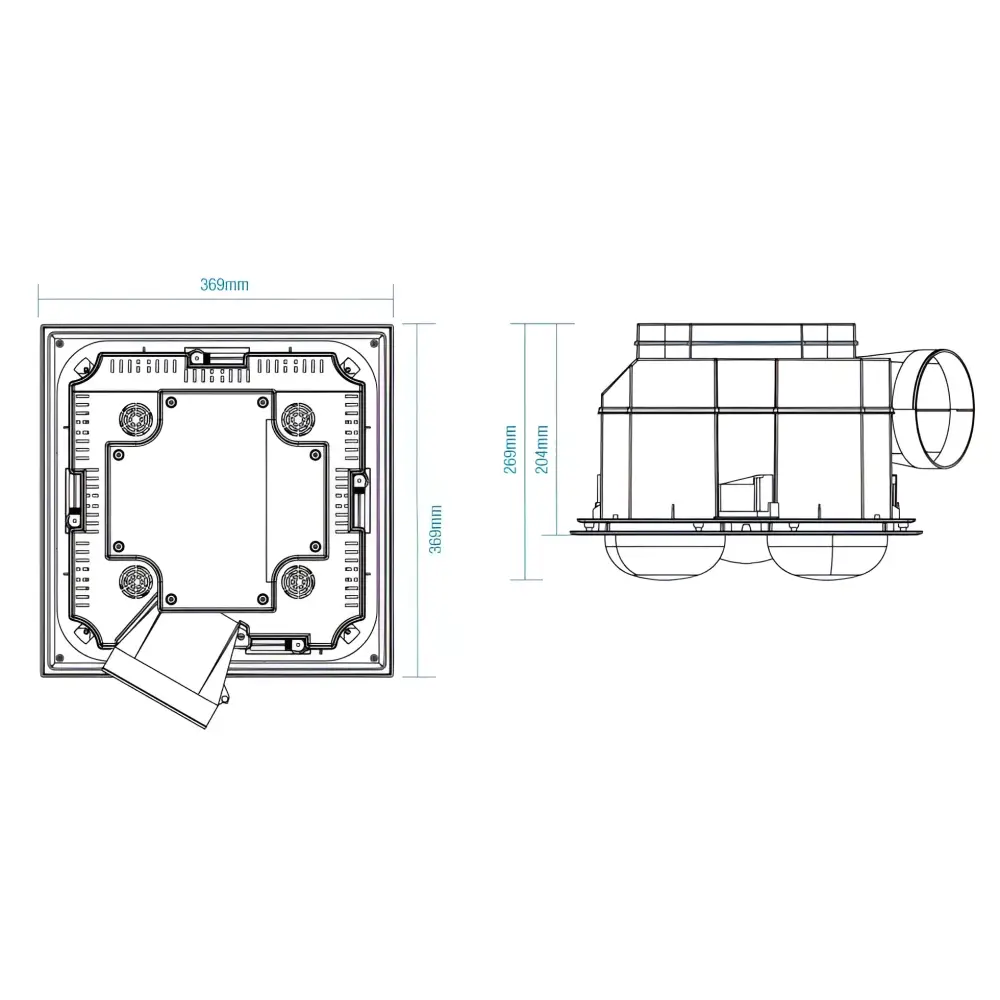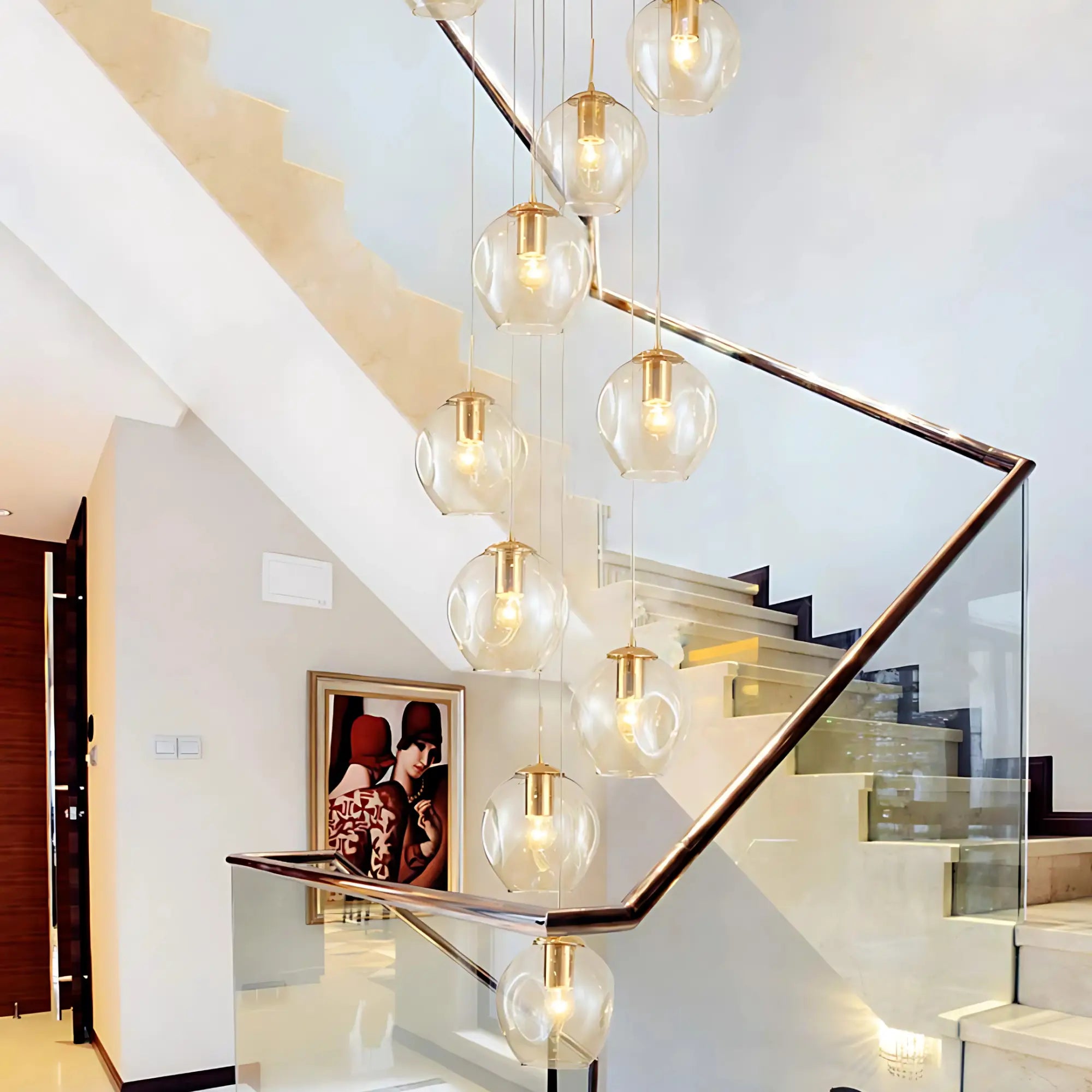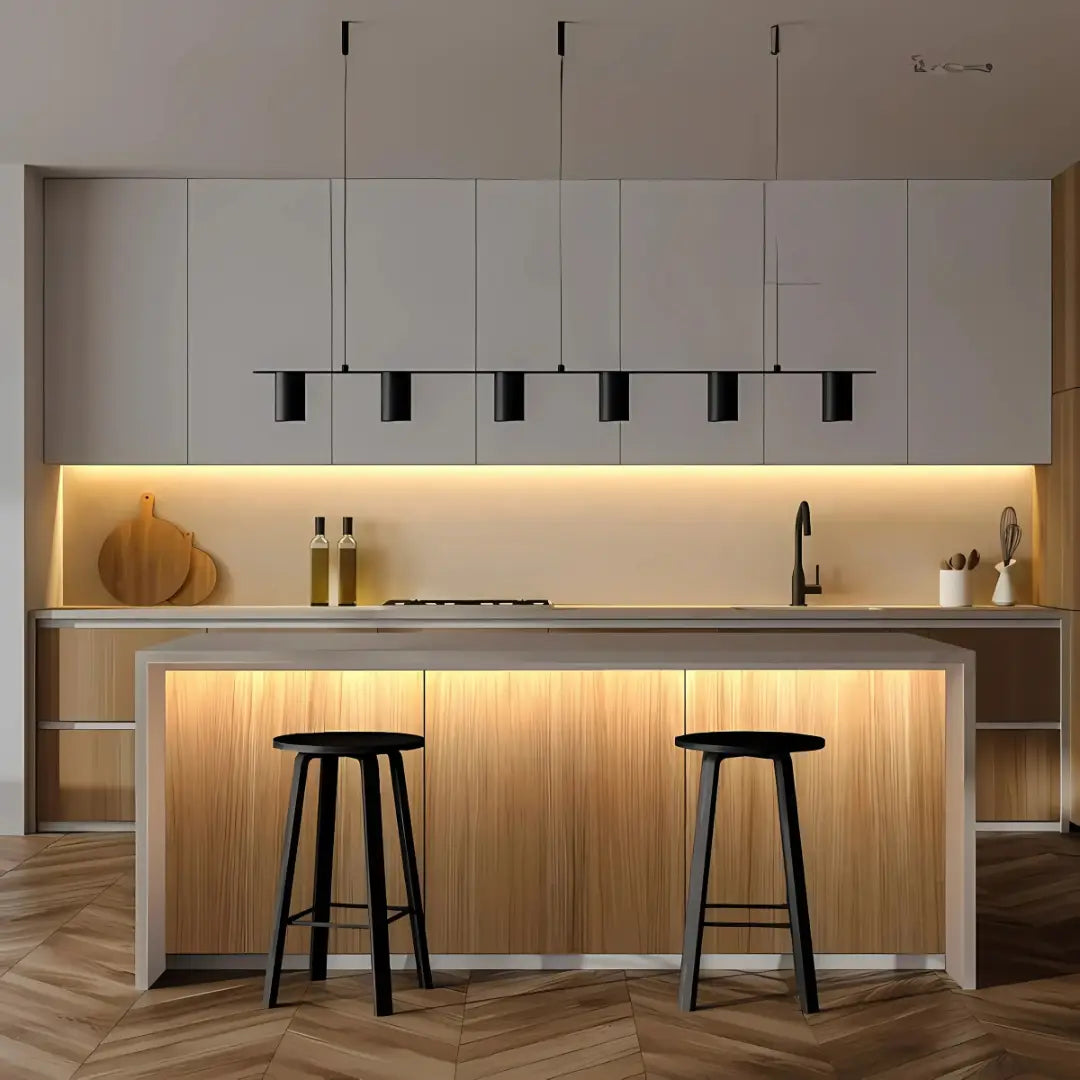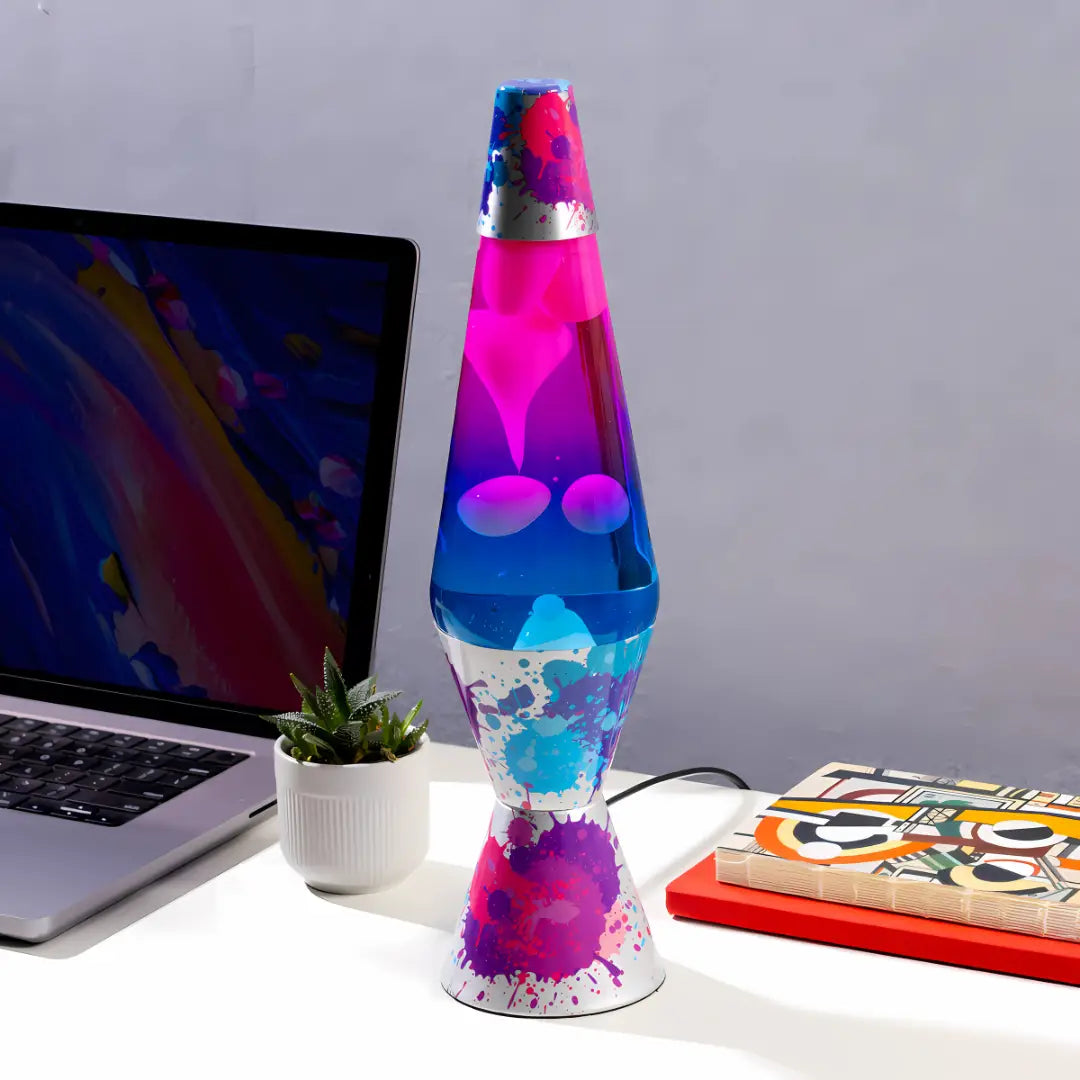Bathroom Heat & Exhaust Units
19 products
Showing 1 - 19 of 19 products
How to Choose the Right Bathroom Heat & Exhaust Unit
1. Determine Your Bathroom Size & Ventilation Needs
-
Measure the dimensions of your bathroom (length × width × height) to determine the required airflow (measured in m³/h). The larger or higher-ceiling your bathroom, the higher capacity / stronger extract fan you’ll need.
-
Check for existing ventilation (windows, vents, ducting). If ventilation is minimal, choose a unit with higher extraction power or one that can run continuously on low speed.
-
If your bathroom steams up quickly (shower, bath), a more powerful exhaust fan will help reduce moisture, mould and mildew.
2. Decide Which Features Matter Most
-
Integrated Lighting
Many units include LED lighting or light fixtures—this saves on having separate fittings, improves aesthetics, and simplifies installation. Keywords: LED light combo, premium bathroom heater unit with light.
-
Heating Mode
Look for models with PTC (Positive Temperature Coefficient) heaters or heating lamps. PTC units are energy efficient and safer, warming up quickly. Heating helps keep the room warm and usable, especially in cooler months.
-
Multiple Functions
Units with 3-in-1, 4-in-1, or even 6-in-1 functionality (heater + exhaust + light + possibly fan + timer + Bluetooth / thermostat). These “multi-feature” models are increasingly popular. Use keywords like 4-in-1 bathroom heater exhaust fan light.
-
Low Noise
If your bathroom is adjacent to bedrooms or living areas, noise becomes very important. Look for decibel ratings; quiet operation is often a deciding factor.
-
Finish / Colour
Units are typically available in different finishes/colours (e.g. white, black). Matching the finish to your decor matters. Use keywords like white bathroom heater exhaust fan or black finish bathroom heater unit.
3. Safety, Certification & Compliance
-
Check for IP rating (e.g. IPX2) to ensure safety around water.
-
Look for Australian safety standards / certifications.
-
Ensure units have overload protection for the heater component and are built with materials that resist moisture damage.
4. Installation & Retrofits
-
If replacing an existing unit, check the space and dimensions to make sure the new unit fits (“retrofit-friendly”).
-
Ensure the ducting path is appropriate — avoid long runs, sharp bends, or restrictions which reduce exhaust efficiency.
-
Consider whether it requires additional wiring (for light + heat + fan). If you add features, ensure your electrical circuit can handle the load.
-
Ceiling vs wall mounting depends on house design and structural support.
5. Energy Efficiency & Operating Costs
-
Heater components tend to consume more power—look for PTC heaters which are more efficient.
-
Units with timers / thermostats help avoid wasted energy (e.g. leaving the heater/fan running when not needed).
-
LED lighting uses less power and lasts longer than traditional bulbs.
6. Aesthetic & Maintenance Considerations
-
Choose a design that complements the rest of your bathroom fittings (e.g. minimalist, modern, finishes).
-
Removable filters or easily cleanable covers are important for ongoing performance. Clean fans extract better and last longer.
-
Consider ease of access for servicing—if maintenance is simple, you’ll have fewer performance declines over time.
7. Price vs Value
-
Higher cost for premium units with more features, quieter motors, better finishes. But often the long-term value (in energy savings, durability, lower noise) justifies the extra investment.
-
Consider warranty and after-sales support. A good warranty offers peace of mind.
